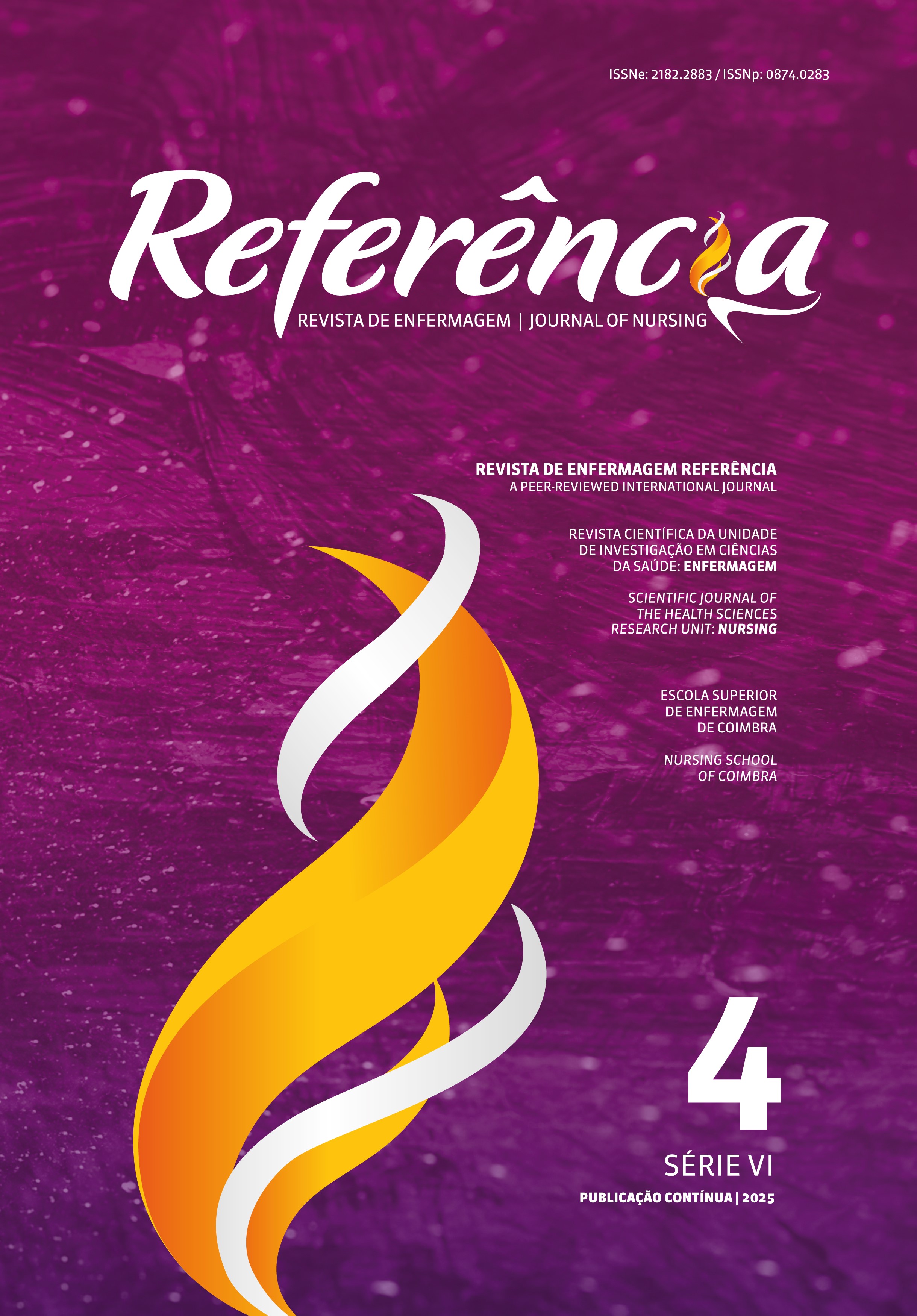Percepción de los cuidadores sobre los requisitos para asumir su papel: Un estudio cualitativo
DOI:
https://doi.org/10.12707/RVI23.74.31501Palabras clave:
cuidadores, investigación cualitativa, cuidados de enfermería, continuidad de la aten ción al pacienteResumen
Marco contextual: La asunción del papel de cuidador (PC) presupone la necesidad de una serie de requisitos. Conocer la percepción del PC puede facilitar esta transición.
Objetivo: Conocer la percepción que tiene el PC de los requisitos necesarios para asumir el cargo.
Metodología: Estudio exploratorio descriptivo, con enfoque cualitativo, en el que se usaron entrevistas semiestructuradas con una muestra de conveniencia de nueve PC de personas dependientes, sin experiencia previa. El análisis de contenido se llevó a cabo mediante el programa MAXQDA y siguió los supuestos de Bardin. Se cumplieron los principios éticos. Dictamen favorable del comité de ética OBS.SF.245-2021.
Resultados: Del análisis de los datos surgieron tres categorías y sus subcategorías: Conciencia; Competencias (Sentirse capacitado para cuidar al volver a casa, Conocimientos, Capacidades y Autocontrol emocional), y Recursos.
Conclusión: Los requisitos identificados en la percepción del PC podrían mejorar la capacidad de los enfermeros para evaluar las condiciones que facilitan la asunción de este papel en el contexto estudiado.
Futuros estudios deberían centrarse en la percepción de los expertos/clínicos sobre este fenómeno.
Descargas
Citas
Bardin, L. (2020). Análise de conteúdo (4ª ed.). Edições 70.
Chick, N., & Meleis, A. (1986). Transitions: A nursing concern. In P. L. Chinn (Ed.), Nursing research methodology (pp. 237-257). Aspen Publication.
Decreto-Lei n.º 100/2019 da Assembleia da Republica. (2019). Diário da Republica: I série, nº 171. https://dre.pt/dre/detalhe/lei/100-2019-124500714
Guest, G., Namey, E., & Chen, M. (2020). A simple method to assess and report thematic saturation in qualitative research. PLoS One, 15(5), e0232076. https://doi.org/10.1371/journal.pone.0232076
International Council of Nursing. (2006). Classificação internacional para a prática de enfermagem: CIPE® versão 1.0. Ordem dos Enfermeiros.
International Council of Nursing. (2011). Classificação internacional para a prática de enfermagem: Versão 2. https://www.ordemenfermeiros.pt/media/27837/ordem-enfermeiros-cipe.pdf
Lincoln, Y. S., & Guba, E. (1985). Naturalistic inquiry (6th ed.). Sage.
Lutz B. J. Young M. E. Cox K. J. Martz C., & Creasy K. R (2011). The crisis of stroke: Experiences of patients and their family caregivers. Topics in Stroke Rehabilitation, 18(6), 786–797. https://doi.org/10.1310/tsr1806-786
Lutz, B. J., Young, M. E., Creasy, K. R., Martz, C., Eisenbrandt, L., Brunny, J. N., & Cook, C. (2017). Improving stroke caregiver readiness for transition from inpatient rehabilitation to home. The Gerontologist, 57(5), 880–889. https://doi.org/10.1093/geront/gnw135
Machado, P. (2013). Papel do prestador de cuidados: Contributo para promover competências na assistência do cliente idoso com compromisso do autocuidado [Tese de doutoramento, Universidade Católica Portuguesa]. Repositório Institucional da Universidade Católica Portuguesa. https://repositorio.ucp.pt/handle/10400.14/15344
Martins, M. M., Monteiro, M., & Gonçalves, L. (2016). Vivências de familiares cuidadores em internamento hospitalar: O início da dependência do idoso. Revista de Enfermagem UFPE On Line, 10(3), 1109-1118. https://doi.org.10.5205/reuol.8702-76273-4-SM.1003201622
Meleis, A. I. (2010). Transitions theory: Middle range and situation specific theories in nursing research and practice. Springer
Meleis, A. I., & Trangenstein, P. A. (1994). Facilitating transitions: Redefinition of the nursing mission. Nursing Outlook, 42(6), 255–259. https://doi.org/10.1016/0029-6554(94)90045-0
Meleis, A. I., Sawyer, L. M., Im, E. O., Messias, D. K., & Schumacher, K. (2000). Experiencing transitions: An emerging middle-range theory. Advances in Nursing Science, 23(1), 12–28. https://doi.org/10.1097/00012272-200009000-00006
Melo, C. R., Rua, M. S., & Santos, C. S. (2014). Necessidades do cuidador familiar no cuidado à pessoa dependente: Uma revisão integrativa da literatura. Revista de Enfermagem Referência, 4(2), 143-151. https://doi.org/10.12707/RIV14003
Nunes, M. C., Gonçalves, M., Vidinha, T., Santos, E., & Núcleo de Investigação em Enfermagem: CHUC. (2022). El juicio clínico de las enfermeras sobre el empoderamiento del cuidador. Index de Enfermería, 31(3), e14092. http://ciberindex.com/c/ie/e14092
Nunes, S. F., Alvarez, A. M., Costa, M. F., & Valcarenghi, R. V. (2019). Fatores determinantes na transição situacional de familiares cuidadores de idosos com doença de parkinson. Texto Contexto-Enfermagem, 28, e20170438. https://doi.org/10.1590/1980-265X-TCE-2017-0438
Schumacher, K. L., & Meleis, A. I. (1994). Transitions: A central concept in nursing. Image the Journal of Nursing Scholarship, 26(2),119–127. https://doi.org/10.1111/j.1547-5069.1994.tb00929.x
Schumacher, K. L., Stewart, B. J., & Archbold, P. G. (1998). Con ceptualization and measurement of doing family caregiving well. Journal of Nursing Scholarship, 30(1), 63–69. https://doi.org/10.1111/j.1547-5069.1998.tb01238.x
Swartz, K., & Collins, L. G. (2019). Caregiver care. American Family Physician, 99(11), 699–706. https://www.aafp.org/pubs/afp/issues/2019/0601/p699.htm






